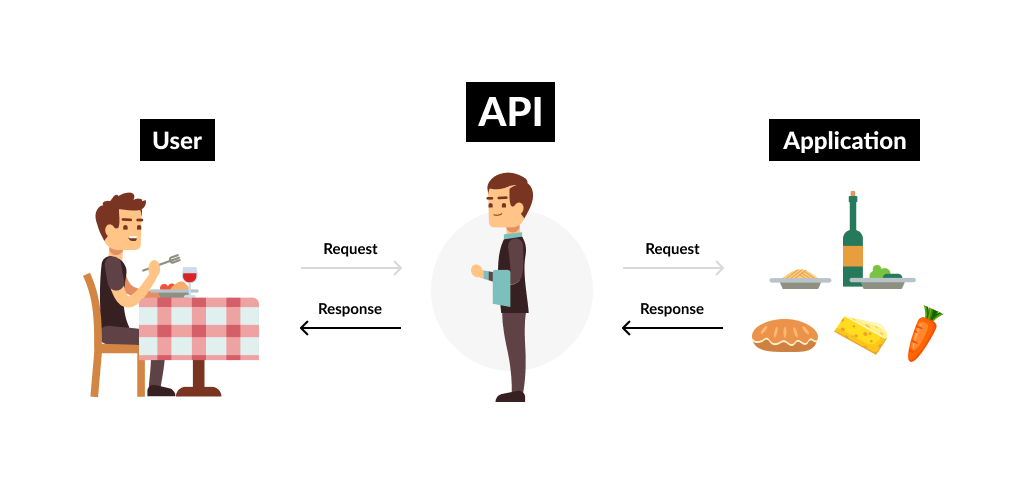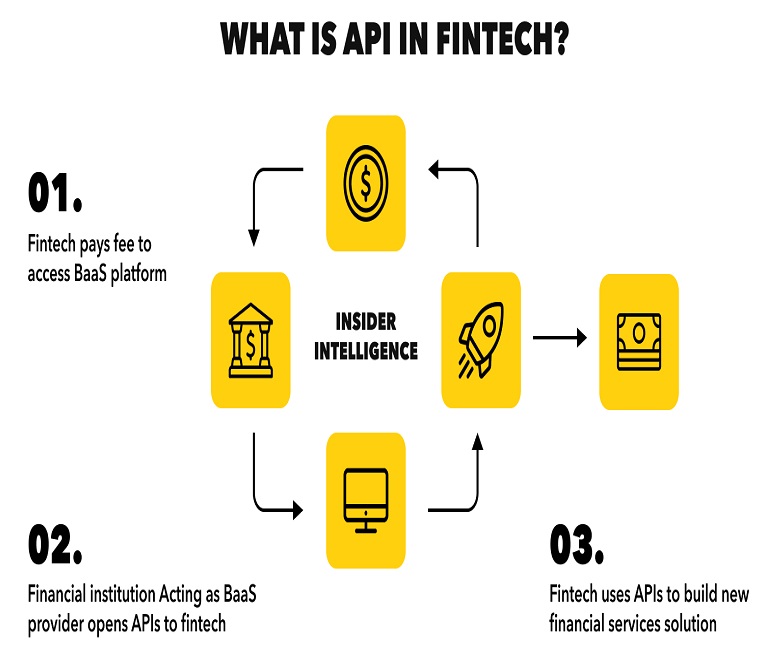In the age of digital transformation, where agility, connectivity, and efficiency rule the business landscape, Application Programming Interfaces (APIs) have emerged as the unsung heroes behind many of today’s technological breakthroughs.
From the seamless ride you book through a ride-hailing app to the instant translation of text on your phone, APIs are the invisible threads weaving together the digital experiences we now take for granted. But what exactly are APIs, and why are they so critical to driving innovation?
💡 What is an API?

At its core, an API acts as a messenger between different software systems. It allows applications to communicate and share data or functionality in real-time without needing to understand each other’s internal workings.
Think of an API as a waiter in a restaurant: you (the client) order a dish, the waiter (API) relays that request to the kitchen (server), and then delivers your meal back to you. Everything works seamlessly behind the scenes.
🌐 APIs as Innovation Catalysts
APIs have transformed the way organizations build and scale technology. Instead of reinventing the wheel, developers can plug into existing APIs to accelerate development, reduce costs, and extend product capabilities. Here’s how APIs are actively fueling digital innovation:
1. Speeding Up Development
APIs eliminate the need to build every component from scratch. Want to integrate payments? Use Stripe’s API. Need mapping capabilities? Tap into Google Maps. This “lego brick” approach to software development allows teams to move faster and focus on delivering core value.
2. Enabling Seamless Integration
Enterprises today run on a web of interconnected systems—CRM tools, analytics dashboards, social media platforms, and cloud infrastructure. APIs make it possible for these systems to “talk” to one another, ensuring data flows efficiently and accurately across the organization.
3. Unlocking New Business Models
APIs enable organizations to monetize their services in creative ways. For instance, companies like Twilio (for communication services) and Boostsmm (for Social Media) have API-based revenue models, opening their platforms to developers and businesses globally.
4. Empowering Collaboration
Through APIs, companies can open their digital doors to partners, developers, and even customers. This transparency fosters ecosystems where innovation is not just internal—but community-driven and expansive.
🔍 Real-World Use Cases
- Fintech: APIs power digital banking, mobile payments, and open banking initiatives, enabling customers to access financial services across platforms.

- Healthcare: APIs allow patient data to be securely shared between hospitals, labs, and insurers—enhancing care coordination and insights.
- E-commerce: APIs drive dynamic pricing, real-time inventory updates, and friction-less checkout experiences across digital storefronts.
🚀 Future of APIs: A Look Ahead
The evolution of APIs doesn’t stop here. As businesses shift toward AI, IoT, and automation, APIs are the foundational layer enabling integration and data sharing across these frontier technologies. The rise of low-code and no-code platforms also means more people—not just developers—can leverage APIs to build solutions and drive change.
📘 Final Thoughts
APIs are more than just tools—they’re strategic enablers of innovation, agility, and growth. In a fast-moving digital economy, organizations that embrace APIs aren’t just keeping up—they’re leaping ahead.
So whether you’re a developer, entrepreneur, or tech enthusiast, understanding and harnessing the power of APIs can unlock a world of possibilities.

